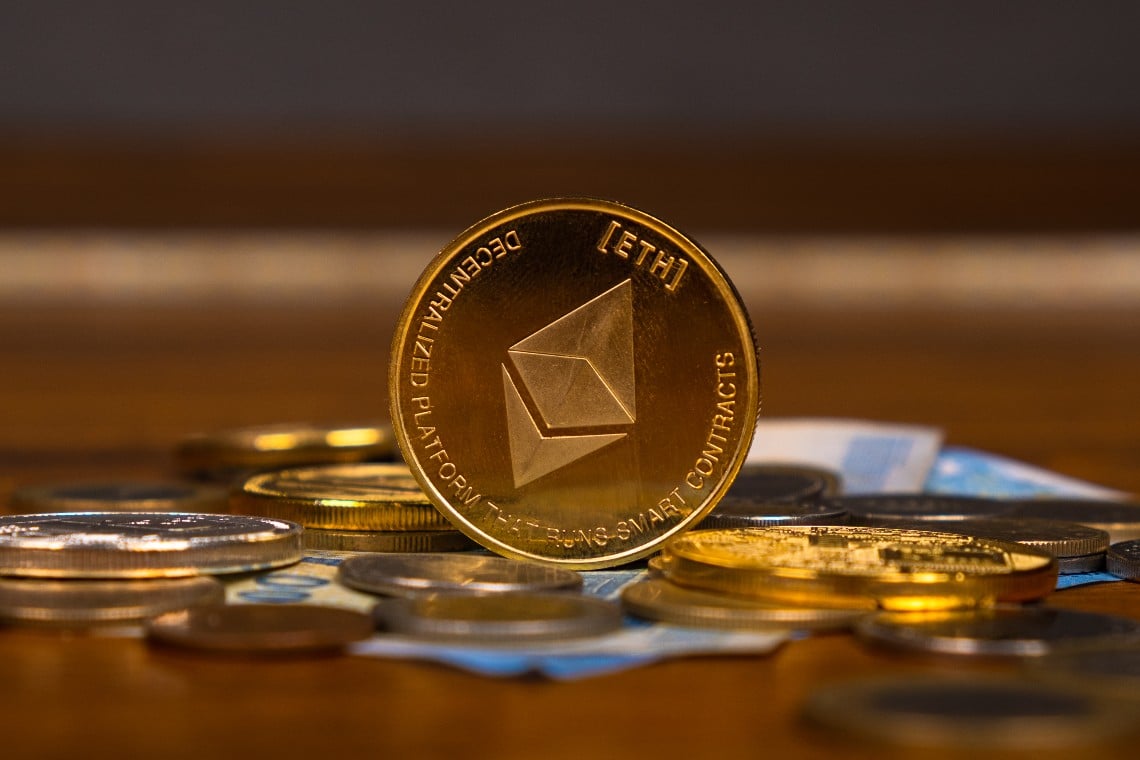
The triple halvening of Ethereum
Montana Wong, co-founder of Sprise, explained on Twitter how the upcoming Merge can bring great benefits to Ethereum and its owners. The triple halving, in his words, is a series of things that happen in the network after the thread and that will drastically reduce the offer.
Taking its cue from the term "bitcoin halvening", it basically refers to an event that reduces the amount of supply on the market. For Bitcoin, this happens every four years with block rewards being halved. For Ethereum, this can only happen on the occasion of major updates such as the Merge.
The first halving event that Wong highlights in the thread is the transition from proof of work to proof of stake. Proof of work is known to require large computing power and electricity for transaction mining. Miners have an incentive to do so because they receive high block rewards. However, with the transition to proof of stake, the network no longer needs miners but validators, which require more than 99,9% less energy to validate transactions. Since it requires less energy, validators will receive fewer rewards. This will reduce annual ETH issuance from 4,3% to 0,4%.
The second part of the halving mentioned is something that is currently underway, but it directly relates to the reduction of the commissions paid to validators. EIP-1559 was the Ethereum update that removed a third of all transaction fees from circulation. So basically, it adds to the already reduced commissions. With fees already 10x lower after the merger, another 33% is taken out of circulation, further reducing ETH supply.
The last point is where the lock-up period comes into play. Currently, ETHs are wagered prior to the merger and cannot be withdrawn. These stakers are rewarded with an APY of around 4%. Now, these staked ETHs are expected to be available for withdrawal after the merger, flooding the market with ETH, but that's not the case.
ETH will become much more scarce and this will increase its value
A little known fact is that withdrawals were not implemented in the "Merge" update. The developers refused to do so, so they could focus on Merge and create the withdrawal functionality later. This means that even after the update, stakers will not be able to remove their tokens.
The withdrawal functionality is expected to be added about a year after the update and will be a queue, which means that only a particular amount of ETH can be withdrawn from the wagered amount per day. This ensures that there is no influx of ETH into the market in a short amount of time.
In conclusion, the triple halving will significantly reduce the supply of ETH, imposing a shortage on the market. This shortage should drive up the price of ETH after the merger due to decreasing supply and increasing demand. If this analysis is correct, the Ethereum merger could be the trigger for the next bullish rally.
